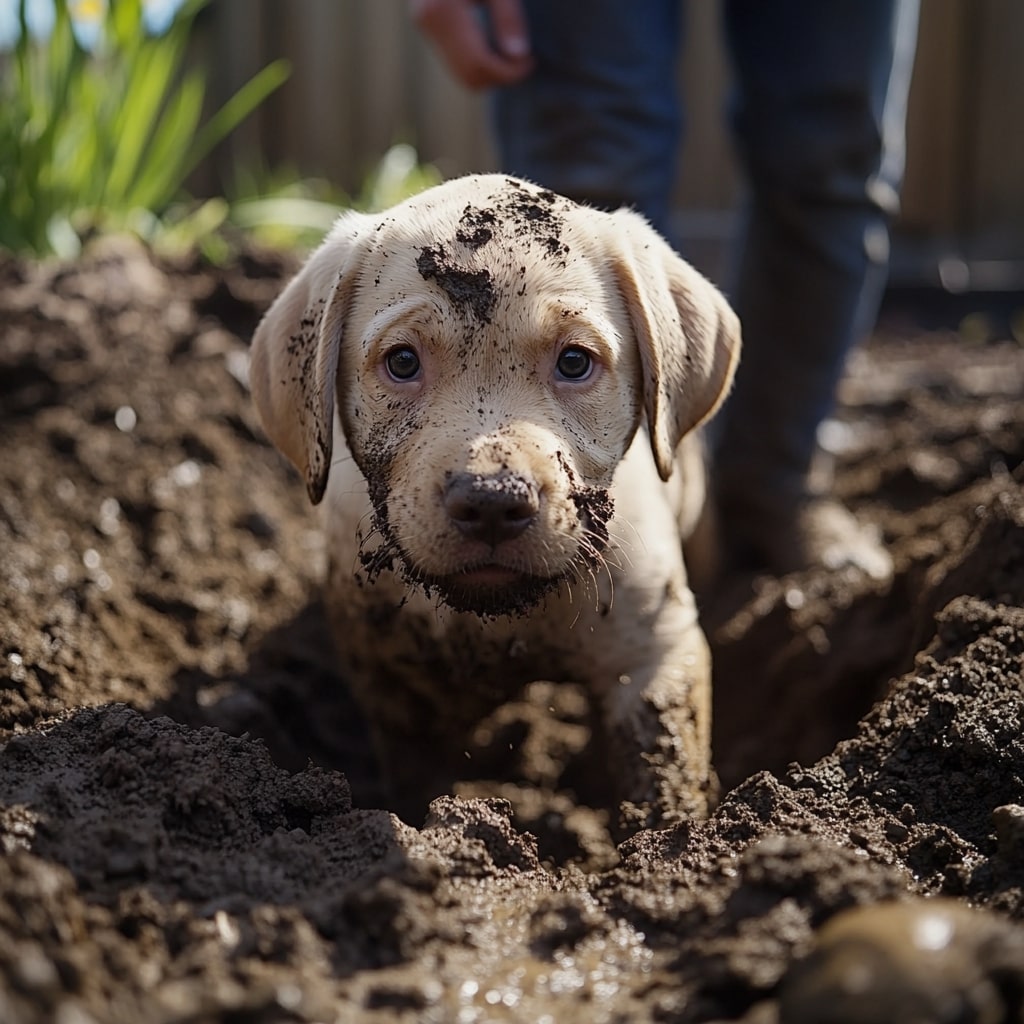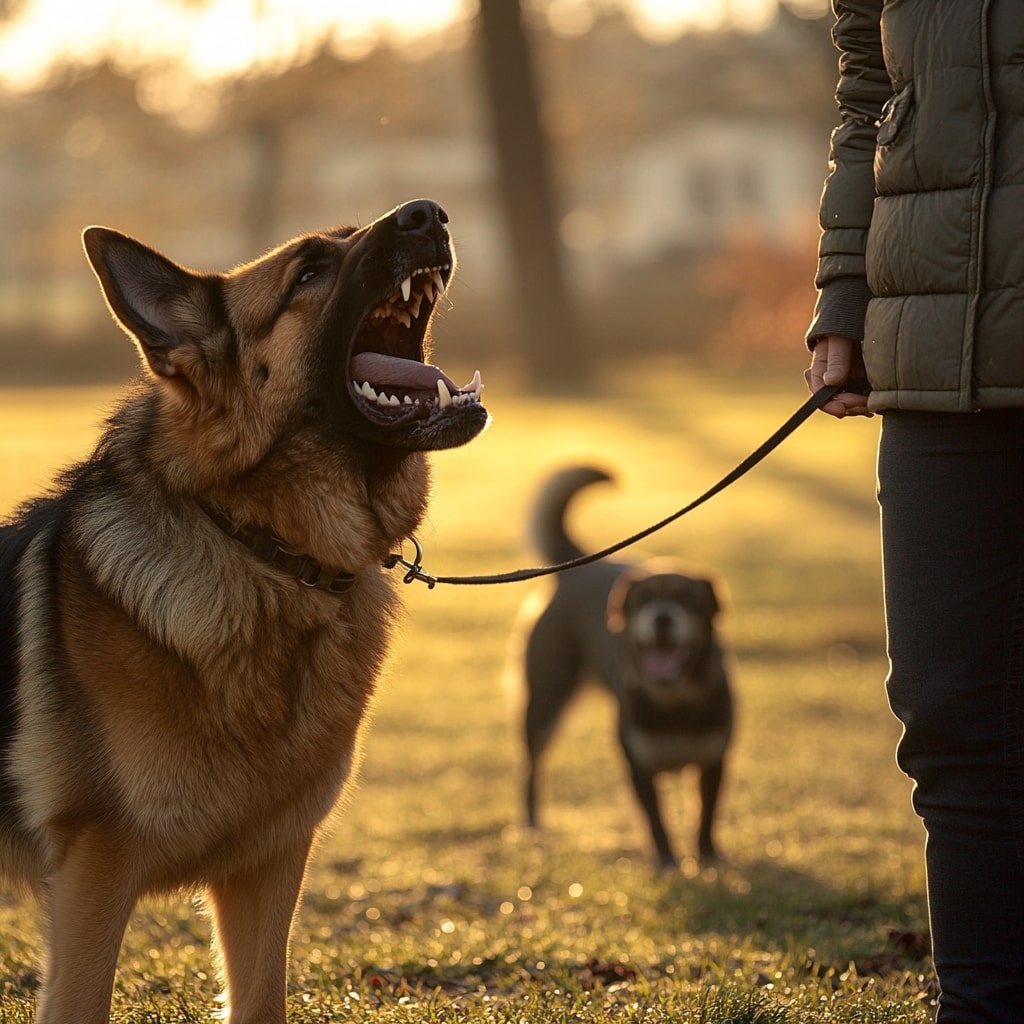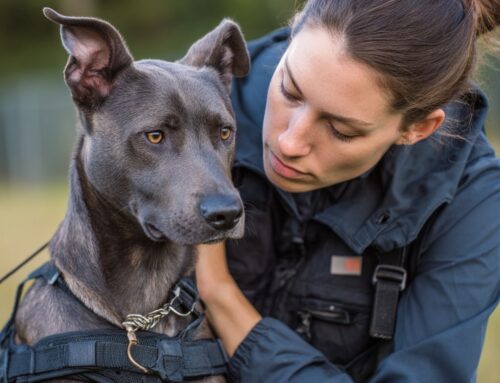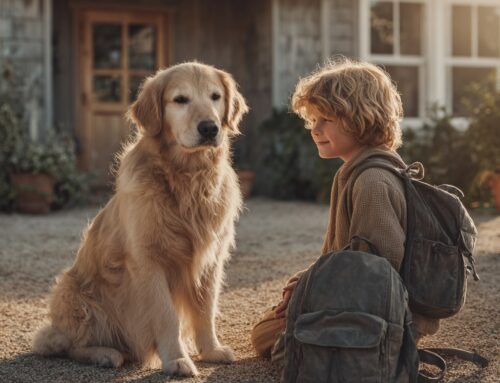Dogs are loving and loyal companions, but they can also develop behavioral issues that frustrate their owners. Many of these problems stem from lack of training, socialization, or even underlying health concerns. The good news is that with patience, consistency, and the right approach, most behavior problems can be corrected. Below, we explore the ten most common dog behavior problems and offer effective solutions to help your pup become a well-mannered companion.
1. Excessive Barking
Dogs bark to communicate, but when barking becomes excessive, it can be a sign of boredom, anxiety, or overexcitement. If your dog barks constantly, the first step is identifying the cause. Are they barking at strangers? Do they bark when left alone? Once you determine the trigger, you can implement training techniques to reduce excessive barking.
To correct this behavior, use positive reinforcement to teach the “quiet” command. When your dog stops barking on command, reward them with treats or praise. Providing sufficient exercise and mental stimulation can also help reduce boredom-related barking. If the issue persists, consider using desensitization techniques to help your dog become more comfortable with their triggers.

2. Jumping on People
While jumping may seem like a friendly greeting, it can be overwhelming for guests and even dangerous, especially for children or elderly individuals. Dogs jump out of excitement or to seek attention, so the best way to curb this behavior is to ignore them when they jump and reward calm greetings instead.
Teaching the “sit” command as an alternative behavior works well. When your dog remains seated while greeting people, reward them with attention or treats. Consistency is key—ensure all family members and visitors follow the same rule to reinforce proper greetings.
3. Destructive Chewing
Chewing is a natural instinct for dogs, but when they target furniture, shoes, or household items, it becomes a problem. Puppies chew as part of teething, while adult dogs may chew out of boredom, anxiety, or lack of proper toys.
To address destructive chewing, provide plenty of appropriate chew toys and discourage chewing on household items by using deterrent sprays. Make sure your dog gets enough exercise and mental stimulation to prevent boredom. If your dog is chewing due to anxiety, crate training or calming techniques may help.
4. Digging
Some dogs have a strong instinct to dig, particularly breeds like Terriers or Dachshunds that were bred for hunting. However, excessive digging can ruin your yard and become a nuisance.
To manage this behavior, determine why your dog is digging. If they are bored, increase their physical activity and provide puzzle toys to keep them engaged. If they dig to cool off, offer shaded areas or cooling mats. You can also designate a specific digging zone, like a sandbox, where they are allowed to dig freely.

5. Separation Anxiety
Separation anxiety is a common issue where dogs become distressed when left alone. Symptoms include excessive barking, destructive chewing, and even attempts to escape. This condition often develops due to lack of socialization, sudden changes in routine, or past trauma.
To help a dog with separation anxiety, start by gradually increasing the time they spend alone. Leaving interactive toys, using calming music, or establishing a departure routine can also ease anxiety. Avoid making a big deal when leaving or arriving home, as this can reinforce anxious behavior. In severe cases, professional training, doggy daycares for socialization or anxiety-reducing techniques may be necessary.
6. Pulling on the Leash
A dog that pulls on the leash makes walks stressful and can lead to injuries for both the pet and owner. Many dogs pull because they are eager to explore or have not been taught proper leash manners.
Training your dog to walk nicely on a leash involves rewarding them for walking by your side and stopping when they pull. Practicing loose-leash walking techniques consistently will result in better walking behavior over time. Help from a professional trainer like Performance K9 Training and Boarding will also help ease when you get basic training done properly.
7. Aggression Toward Other Dogs or People
Canine aggression can manifest as growling, barking, lunging, or biting towards other dogs or people. It often stems from fear, territorial instincts that lead to possessive aggression, or lack of proper socialization toward unfamiliar dogs. If left unaddressed, this type of canine behavior can escalate to aggressive behavior and become dangerous.
Early intervention is crucial in aggressive behavior. Proper socialization from a young age helps prevent fear aggression. Teaching commands like “leave it” or “stay” can help manage aggressive tendencies or abnormal behavior. If your dog shows severe aggression and undesirable behavior, seeking professional help from trainers like those at Performance K9 Training and Boarding is recommended for effective behavior modification with their Aggression Rehabilitation Program.

8. Begging for Food or Counter Surfing
Many dog owners unintentionally encourage begging by feeding their pets from the table. While those puppy-dog eyes are hard to resist, feeding table scraps reinforces the habit.
To stop begging from male dogs, female dogs or your young pups, establish a strict rule of not giving food from the table. Instead, feed your dog on a schedule so they learn when to expect meals. Teaching the “place” or “stay” command during mealtimes can reinforce boundaries. Reward your dog with treats for staying in their designated area rather than begging.
Dogs who steal food from counters learn that the behavior is rewarding, making it a tough habit to break. To prevent counter surfing, keep food out of reach and reinforce commands like “leave it” or “off.” Providing an alternative reward for good behavior can help redirect their focus. Crate training or confinement when food is left unattended can also help break the habit.
Training your dog to stay in a designated area while food is being prepared can reinforce boundaries. If counter surfing is a persistent issue, increasing your dog’s structured training sessions can provide additional reinforcement.
9. Not Coming When Called
A dog that ignores recall commands can be difficult to manage, especially in public spaces. Teaching a reliable recall is essential for safety and control.
Start recall training in a quiet environment with high-value treats. Use a happy tone and reward your dog each time they respond. Gradually increase distractions and practice in different settings. Avoid punishing your dog if they take too long to come—this can create negative associations with the command.
10. Housebreaking Accidents
Even well-trained dogs can have accidents if they aren’t given a consistent routine. Puppies and young dogs need to be taken out frequently, while older dogs may need scheduled bathroom breaks.
To prevent accidents, establish a regular potty schedule and reward successful bathroom trips. Don’t get angry at the dog as it may turn them into fearful dogs and cause more accidents. Supervise your dog indoors and use crate training if necessary. If accidents persist despite consistent training, consult a veterinarian to rule out medical issues.

These Common Dog Behavior Problems and How Professional Training Can Help
While many behavior problems can be resolved with patience and training, some require professional guidance. Performance K9 Training and Boarding offers a Basic Behavior Modification Program designed to address common dog behavior problems through expert training techniques. Their professional trainers specialize in correcting issues by instilling basic obedience training needed and using customized strategies tailored to each dog’s needs.
Their structured training programs help dogs learn appropriate behaviors in a controlled environment, ensuring long-term success. Whether your dog needs basic obedience training or help overcoming severe behavioral challenges, Performance K9 Training and Boarding provides the support and expertise to transform your pet into a well trained and well-mannered companion.
By identifying and addressing behavior problems early, you can create a more enjoyable relationship with your dog as their pet owners. Whether you take a DIY approach or seek professional training, consistency, patience, and positive reinforcement are the keys to success.








